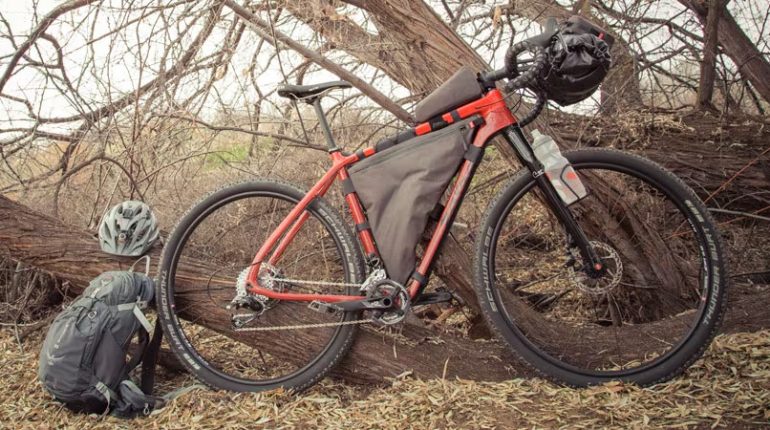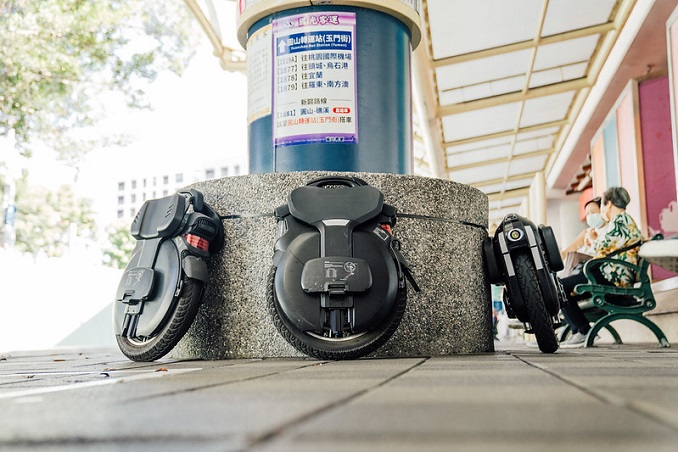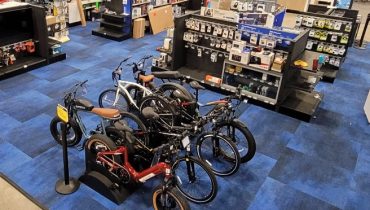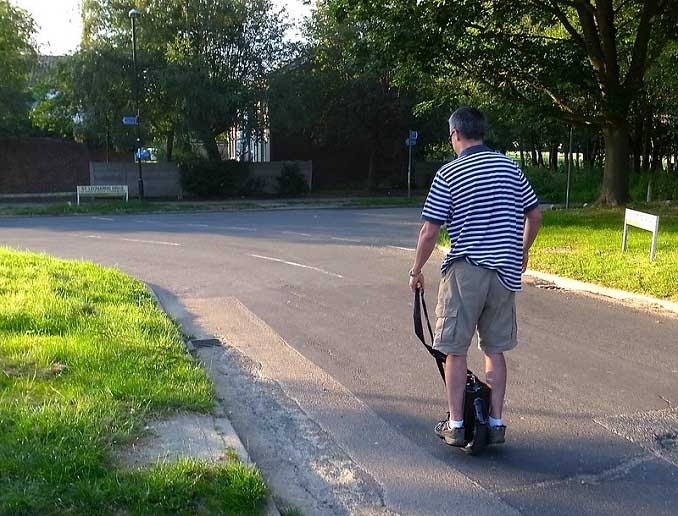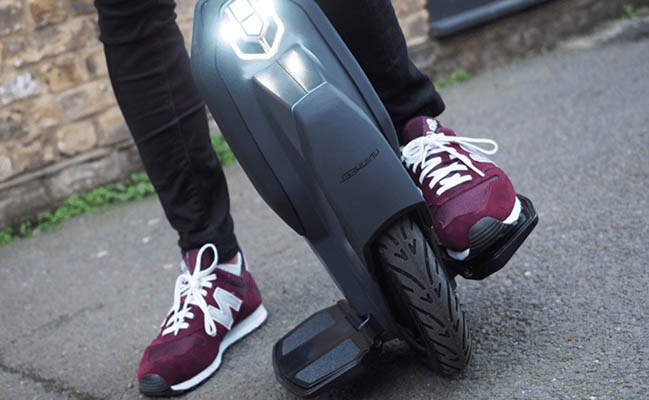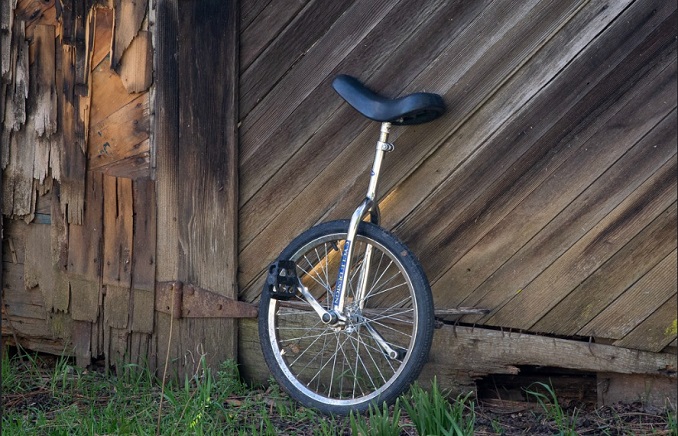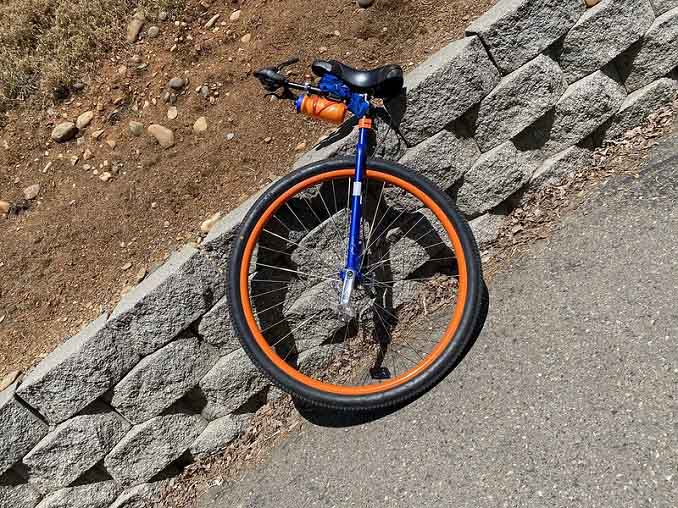Part of what sets bikepacking apart from bike touring are backpacks designed specifically for it. While stressing keeping your bike light and nimble so it will handle well in off-pavement terrain, the simple bags let you carry necessary goods for your trip.
Packing your belongings into a backpack is quite acceptable while getting ready for a bikepacking trip; if you have a rack and panniers at home, you may also utilize those. After a few journeys, though, you could find the value in adopting smaller, more-streamlined bikepacking bags, particularly if you enjoy riding tight singletrack paths where a large load can hang up on obstructions.
How to Choose Bikepacking Bags
Starting with a seat pack, handlebar pack, and frame pack—these bags comprise most bikepackers’ basic storage arrangement. Depending on where you’re heading and how much stuff you’re carrying, you may or not use all of these.
Stem bags, top tube bags, cargo cages and backpacks expand your packing choices; bottle cages are absolutely necessary for carrying water.
Seat Packs
If you only have one bag, get a seat pack. Essential for bikepacking, it provides a handy spot for stowing large, light things like a sleeping bag and fluffy coat. Riding small, tricky paths is made possible by a seat pack’s far simpler streamlining than that of a rack and panniers.
When selecting a bikepacking seat bag, give some thought:
Volume: Usually ranging from roughly 5 to 15 liters, seat packs come in several sizes.
Water resistance: Your seat pack should have a reasonable degree of water resistance if you need your goods and clothes to remain dry. While some bags feature waterproof fabric but without seams, others are full-on waterproof.
Riding can cause you to feel as though seat bags swing somewhat from side to side if not properly packed and secured. Try to arrange the heaviest objects closest to the seat post and look at how securely the attachment is to your bike to help to minimize this.
Handlebar Packs
Stowing clothes in a dry sack or fastening cylindrical objects, like a tent, is best done from a handlebar pack.
Handlebar packs for bikpacking come in two basic designs:
Usually with built-in hardware to connect the bag to your bike, one-piece bags Often elegant and simple to attach, these purses
Two-piece harness systems use a harness fastened to your handbar. The harness then fastens a bag designed especially for the system or individual item, such as a tent or sleeping bag. For storing really big objects, the two-piece method can be a bit more flexible and perfect.
Make sure the fit is correct whichever style you choose. Note the space you have between the front tire and the pack’s bottom. Should room be restricted and you ride a bike with a suspension fork, the tire could rub on the bag as your fork compresses. Although side-to—-side room is usually more limited if you have a bike with drop bars, various packs meant especially for use with drop bars exist.
Frame Packs
Designed to suit the triangle your bike’s top tube, seat tube, and down tube forms, a frame pack Stow bulky objects in a frame pack to maintain the low center of gravity of your bike.
When selecting a frame pack for bikepacking, give thought to:
Fit: You want a frame pack that complements your bike. There are universal ones that will probably work, or one created especially for your bike. Watch where the attachment straps are and how they line up with the wires on your bike. A well-fitting pack will be pleasant and safe with little movement during pedaling.
Size and volume: One can purchase a frame pack that just partially fills the triangle, or one that spans almost the whole triangle. Although bigger packs can contain more, they will probably keep you from putting bottle cages inside the triangle and they frequently don’t function well with rear suspension. Select a size that will fit your bike and allow sufficient room for packing.
Pocket pockets in organizations: Multiple compartments on some frame bags might help with item stowing and searching.
Other Storage Solutions
Your trip length and the stuff you are carrying will determine whether you need more room than a seat pack, handlebar pack and frame pack offers. Getting in and out of those packs for a quick snack or to get your camera on-demand might also be challenging. This is where choices including top tube bags, bottle cages, cargo cages and backpacks find use. Stem bags and top tube bags
For bikepacking, extra storage choices include:
Usually attached behind your handlebar, stem bags are little pouches made from a couple hook-and-loop strips that either match the handlebar and/or stem. They provide a handy spot for storing and retrieving little objects—such as snacks, water, a phone or sunglasses—while you’re riding.
top tube bags: Usually slightly larger than stem bags, top tube bags fastened behind your head tube or in front of your seat post follow the top of your top tube. They are excellent for storing little objects you need access to while pedaling, much as a stem bag. While shopping, give storage capacity and bag fit on your bike some thought. Make sure the bag won’t impede your pedaling at all either.
Container cages: Though they are nothing new, standard bottle cages are essential for bikepacking water carrying. On most bikes, they fasten to threaded fittings on the seat tube and/or down tube to provide a location for standard-size bike bottles. Certain bikes intended especially for bikepacking will also feature fittings on the fork and/or underside of the down tube. Should these be absent from your bike, you can fasten a cage using hose clamps from the hardware shop.
Though they resemble bottle cages, cargo cages are meant to store gear or more big water bottles rather than regular bike bottles. Usually meant to fit on the fork of your bike, some can also go on the down tube and/or seat tube. You should find out how the cage fastens and ensure it will fit your bike. Backpacks: Although many bikepackers attempt to avoid riding with a rucksack, occasionally it’s required in order to carry all your necessary stuff. Some cargo cages call for a 3-hole mounting pattern, which you can find on some forks made for bikepacking. Try not to too rely on your back for your comfort. While some riders will pack other goods, like clothes, a sleeping pad or even a tent, others will simply have a water reservoir in a pack. Generally speaking, strive to keep comfort when biking by using a lightweight pack 20-liters or smaller.
These are only a few of the options for storage; bikepacking pack builders are regularly developing fresh, creative ideas for organizing equipment. Look around and you will find another kind of pack to address all of your storage problems.
